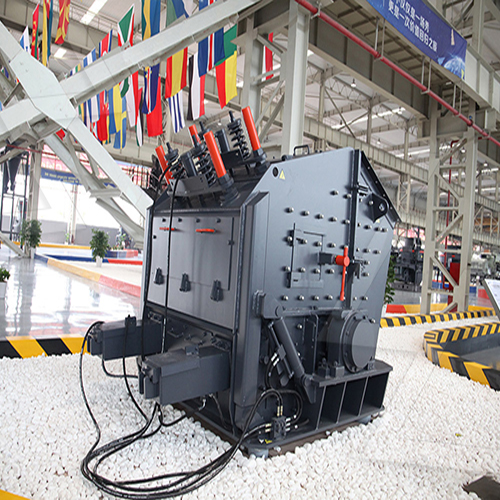# Flotation Reagents for Optimal Mining Separation
Flotation reagents are critical chemicals used in mineral processing to separate valuable minerals from gangue through froth flotation. Here’s an overview of the best reagents and approaches for effective flotation separation:
## Key Flotation Reagent Categories
1. Collectors
– Xanthates (most common): Potassium amyl xanthate (PAX), Sodium isobutyl xanthate (SIBX)
– Dithiophosphates: Particularly effective for sulfide ores
– Fatty acids: Used for oxide minerals like phosphates and iron ores
– Cationic collectors: For silicate and quartz separation
 2. Frothers
2. Frothers
– MIBC (Methyl Isobutyl Carbinol): Most widely used synthetic frother
– Pine oil: tural frother option
tural frother option
– Polyglycols: Provide stable froth in challenging conditions
3. Modifiers
– pH regulators: Lime (CaO), soda ash (Na₂CO₃), sulfuric acid (H₂SO₄)
– Activators: Copper sulfate (CuSO₄) for sphalerite activation
– Depressants: Sodium cyanide (NaCN), zinc sulfate (ZnSO₄), sodium silicate (Na₂SiO₃)
## Best Practices for Flotation Separation
1. Reagent Selection Criteria:
– Match collector type to mineral surface chemistry
– Consider ore mineralogy and liberation characteristics
– Optimize dosage to balance recovery and selectivity
2. Optimal Conditions:
– Maintain proper pH levels specific to each mineral system
– Control pulp density typically between 25-40% solids
– Ensure adequate conditioning time before flotation
3. Emerging Technologies:
– Environmentally friendly “green” reagents gaining popularity
– Combination reagents that perform multiple functions
– Computer-controlled reagent dosing systems for optimization
4. Common Combinations:
– Sulfide ores: Xanthate collector + MIBC frother + lime pH modifier
– Oxide minerals: Fatty acid collector + silicate depressant
Would you like more specific information about reagent selection for a particular mineral or ore type?





Leave a Reply